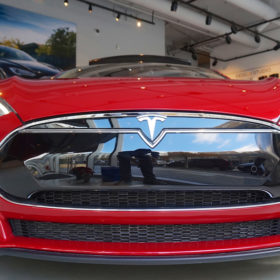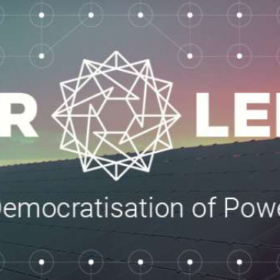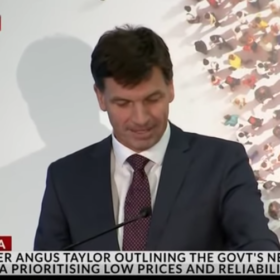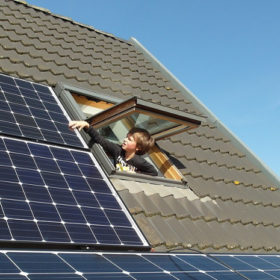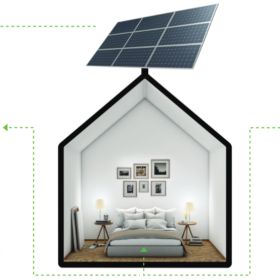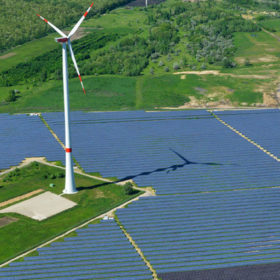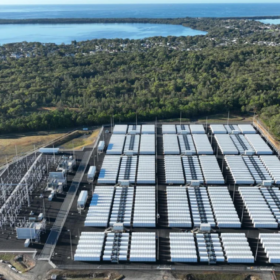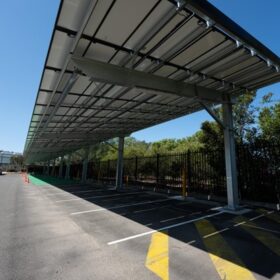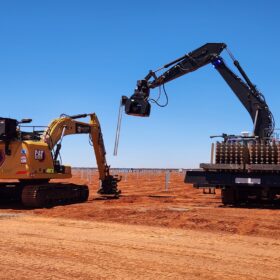Solar and storage show steady growth as Tesla finally turns a profit
Tesla energy storage deployments grew 18% and storage deployments grew 11%, as the EV + battery + solar company achieves its a long-awaited quarterly profit on the success of its Model 3.
Power Ledger launches token for retail investors to co-own energy assets
Know for its blockchain-based P2P platform that allows energy trading between households, the Perth-based company is now launching a new token designed to provide retail investors with the opportunity to fund and generate revenue from shared renewable energy infrastructure.
Bifacial PV and tracking: Q&A with JinkoSolar
On October 25, pv magazine will host a webinar, powered by JinkoSolar, in which the China-based manufacturer will present the case for using bifacial modules in large-scale solar plants, and discuss the influencing factors and their impact on bifacial PV tracking. In the following Q&A, JinkoSolar’s Andrea Viaro, Head of Technical Service Europe, JinkoSolar, and Colin Caufield, VP of Sales North America, Soltec provide a sneak peak into the technology and the advantages tracking can bring to bifacial technology.
Taylor rules out scrapping SRES
Energy Minister Angus Taylor has said there are no plans to change the Small-scale Renewable Energy Scheme (SRES), despite the ACCC recommendations to wind it down nine years early.
Renewables to power ultra-rapid EV charging network
A super-fast network being rolled out across Australia will allow drivers to charge their electric vehicles in just minutes, 15 times faster than typical domestic charging points which take hours. All the charging stations will be powered through the purchase of renewable energy or on-site solar.
Green hydrogen to power Sydney homes and businesses
The project will use solar and wind to produce hydrogen via electrolysis, which will be then be stored across the Jemena Gas Network in New South Wales. The $15 million trial will be half-funded by the Australian Renewable Energy Agency.
New microgrid project to help Yackandandah reach 100% renewables
The Victorian Labor government is providing funding to a new microgrid project in Yackandandah, to help cut energy bills for local residents and help the community achieve their 100% renewable energy target.
Free solar for NSW low-income households
The NSW government has announced a $15 million solar scheme, which will put free solar PV systems on up to 3,400 low-income households provided they forgo their energy rebate.
RateSetter to deliver South Australia’s Home Battery Scheme
Peer-to-peer lender RateSetter has been named the exclusive administrator of the South Australian government’s Home Battery Scheme. Based on a funding deal with the Clean Energy Finance Corporation, RateSetter will offer $100 million in loans in cases when the upfront costs of the home battery system installations are not met by the South Australia government subsidies.
2035: The renewable energy tipping point
The tipping point, where the world shifts from oil and gas to renewables, will be the year 2035, says Wood Mackenzie. This is when renewables and electric-based technologies converge, with around 20% of global power needs being met by solar or wind, and roughly 20% of miles traveled by cars, trucks, buses and bikes using electricity. Will the transition come soon enough, however?
